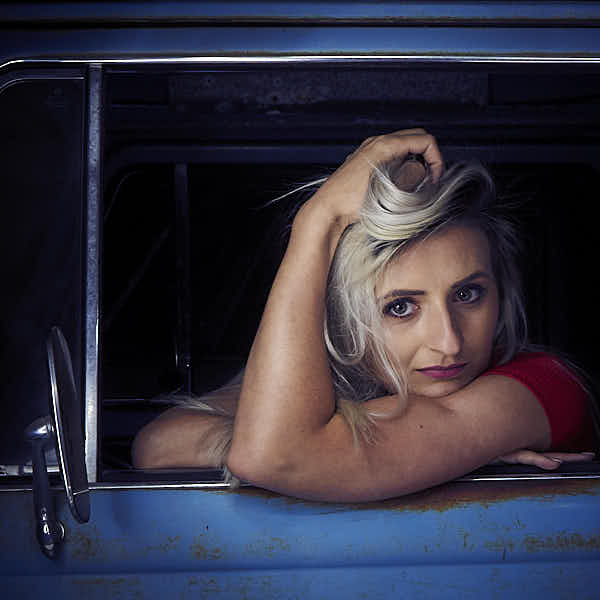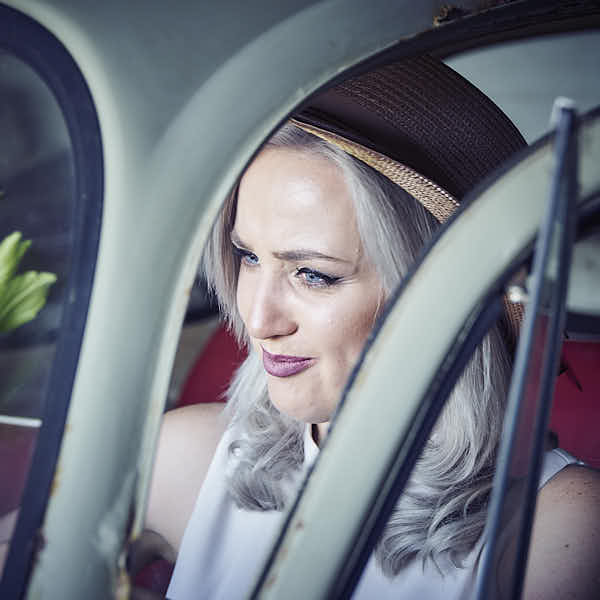Photographers see eye to eye on many things in the craft – using RAW file format instead of JPEG during your shoot, the value of presets and actions and great techniques to create bokeh effects. There is a great deal of clash though when it comes to TFP Shootings: to do or not to do them.
Trade for print (TFP) shoots find a photographer looking to bulk up their portfolio and a model looking to do the same, trading the photographer’s talents behind the camera for prints of what the model does in front of it. TFP should be a mutually beneficial arrangement by both parties.
All too often, it ends up not being mutually beneficial, which is what draws a clash amongst those in both industries. TFP shoots are possible and can result in great collaboration and valuable if conducted professionally and properly.
Benefits of Trade for Print
The benefits of doing TFP shoots, especially for those just starting in the industry appear pretty obvious. You are new to the industry and are trying to get clients. The same story for all growing entrepreneurs and artists. How do you go about doing this?
The photographer in a TFP arrangement conducts the shoot with an aspiring model, offering full service including all edits. They then trade this time and effort for prints of the shoot the model can then add to a portfolio of their own to showcase to potential agents and clients.
Most photographers start off by “working” with and for family and friends. This becomes less beneficial when your work incorporates subjects that are obviously part of your tribe. Using just family and friends as your subjects can unfortunately make you appear an amateur when you are attempting to build a career.
Moving away from this amateur status can be harder when potential clients want to see a portfolio of your work that shows diversity and innovation. Unfortunately, most clients in just about any business expect those they hire on a contractual basis to be professionals with years of practice right out of the gate.
An easy fix to this is to work for free. Truly working for free as a photographer is NEVER recommended, but to trade your talents for another’s talents to build your business without an exchange of money is something that looks great on paper.
Enter the TFP shoot. You have the power to approach different models that have a variety of features to offer and request a TFP arrangement with them. The models come out of the arrangement with high-quality professional photographs that can become a staple for their portfolio. And the best part is both parties save on cost, and have made connections in important complementary industries.
Downfalls of TFP Shoots
The obvious downfall of shooting TFP – you don’t get paid. Time, hard work, and creative energy are all highly valued qualities, and certainly, deserve financial compensation. Getting paid to work within your passion is a number one reason for people to go pro in their photography.
If this was the only downfall, it definitely wouldn’t be a non-starter, as you can look at your fantastic images of up and coming models as compensation enough if they can sell your work to potential paying clients.
However, the lack of monetary compensation is definitely not the only downfall. Humanity is sometimes ugly and can rear this ugliness in arrangements such as TFP.
TFP arrangements have failed in several different ways. The model and photographer meet, do the shoot, and the photographer never gets the prints to the model. Or the model takes the prints and runs, leaving the photographer with no recompense. Or one of the two parties never shows up to the meeting.
How to Arrange TFP Shoots the Right Way
With all the uncertainties and anxieties of starting a new career in the photography industry, the last thing you need to stress about is how to enter into an arrangement that may cause more problems than it’s worth in the long run.
There are some great tips on how to set up a TFP shoot safely, effectively, and end up with the desired results by both parties.
- Start with who you know – Maybe you are already connected with a model and have a trusted relationship established. Or you might even know a guy who knows a guy. Word of mouth in your personal relationships can do wonders as most people are looking out for you, and want what’s best for you and your new business.
- Communication is key – You and your subject need to be on the same wavelength. Otherwise, your collaboration is doomed to fail from the get-go. When you’ve agreed to a TFP shoot, it’s time to sit down and talk business.
- What are your visions for what type of shoot to do? What is their goal for their portfolio? What are your deadlines and theirs?
- Contract IN WRITING – This cannot be stressed enough. Put everything in writing, all expectations, timelines, and agreements. A signed contract offers protection to both collaborators and sets clear expectations.
- Be reasonable – Don’t expect to get 15 minutes of a model’s time that probably spends hours readying themselves for the shoot. On the other side, the model cannot expect an entire album from a session you are not being financially compensated for. Show reason in your expectations and you can both come out winners.
- Make sure everything is on the up and up – Have and use release forms. Make sure you have permission to use each other’s work in your respective portfolios. Check with your locale to make sure you have permission to use the space.
- BE SAFE and have fun – Take all safety precautions you can, if this person is new to you, including bringing someone with you to all meetings (in public spaces, of course). And HAVE FUN! This is what you’re starting your career for, the art and passion for photography, so enjoy!








